
In the United States and Canada, February 2 is known as Groundhog Day. We wait to see if a groundhog (in Pennsylvania, of course, THE Groundhog, Punxsatawney Phil) will see his shadow. It is, let’s face it, a very weird and silly holiday–but it has some very deep folk roots. The Celts called this festival of the quarter-year (midwinter, as Hallowe’en is midautumn) Imbolc. Imbolc was associated with ewes beginning to give milk, in preparation for spring lambing. Indeed, according to Plutarch’s Parallel Lives, February 2 was a holiday for shepherds in Roman times as well.
This day, in the dead of winter, is associated with hope for the return of warmer weather–but not too soon. A “false spring” after all may be followed by a killing frost, wiping out trees that have budded too soon, and threatening lambs born out of season. Therefore, sunny weather on this midwinter day is held to be a bad omen of more bleak days ahead, while cold and cloudy weather appropriate to the season augurs the swift return of sunshine and greenery.

In the Western Christian calendar, February 2 is often called Candlemas, as this was traditionally when the candles used in the coming year were blessed. In addition to its association with ancient traditions, this day also has a biblical justification, coming forty days after the celebration of Jesus’ birth on December 25.

In the world view of ancient Israel’s priests, the life of any being was contained in the blood. Since life is given by God alone, so too blood belongs exclusively to God; contact with blood makes human beings ritually unclean. Childbirth, being a bloody process, rendered mother and child alike ritually defiled. Leviticus 12:2-8 stipulates the rites of purification for cleansing from the ritual uncleanness caused by childbirth. The period of uncleanness depended on the sex of the child: 7 days of impurity for a male child, 2 weeks of uncleanness if the baby was female. This was followed by an additional 33 days for a male child, 66 days for a female, during which the mother “must not touch anything holy or enter the sacred area” (Lev 12:4).
Luke 2:22-40 records that Joseph and Mary, as observant first-century Jews, made the pilgrimage to the Jerusalem temple with their son Jesus “[w]hen the time came for their ritual cleansing, in accordance with the Law from Moses” (Luke 2:22): that is, forty days after Jesus’ birth. In Roman Catholicism prior to Vatican II, this day was accordingly called “the Feast of the Purification of the Virgin;” today it is known as “the Presentation of the Lord.”
![Title: Presentation in the Temple [Click for larger image view]](http://diglib.library.vanderbilt.edu/cdri/jpeg/C_FirstSundayafterChristmas.jpg)
This tapestry depicting Luke’s scene is from the Abbey Church of St. Walpurga in Virginia Dale, Colorado. The order of the nuns of St. Walpurga was established in the 11th century in Bavaria. They fled to the United States in 1935 to escape the Nazis, and settled in the Colorado mountains. The walls of their church are lined with tapestries like this one, inspired by biblical texts.
Joseph (in the slouch hat) carries the two turtledoves that Leviticus 12:8 says a poor family may offer instead of a sheep as a sacrifice (see Luke 2:24). Also pictured is Simeon, who had been promised “that he wouldn’t die before he had seen the Lord’s Christ” (Luke 2:26). Simeon holds baby Jesus, praises God for him, and prays a beautiful prayer, called (after its opening words in Latin) the Nunc dimittis:
Now, master, let your servant go in peace according to your word,
because my eyes have seen your salvation.
You prepared this salvation in the presence of all peoples.
It’s a light for revelation to the Gentiles
and a glory for your people Israel (Luke 2:29-32).
The Latin inscription on the St. Walpurga abbey tapestry refers to this prayer: Lux ad revelationem Gentium means “a light for revelation to the Gentiles.” Simeon’s prayer in turn alludes to several passages in Isaiah (see Isa 42:6; 49:6; 51:4; 60:3), but particularly to Isaiah 49:5-6, from the second Servant Song:
And now the Lord has decided—
the one who formed me from the womb as his servant—
to restore Jacob to God,
so that Israel might return to him.
Moreover, I’m honored in the Lord’s eyes;
my God has become my strength.
He said: It is not enough, since you are my servant,
to raise up the tribes of Jacob
and to bring back the survivors of Israel.
Hence, I will also appoint you as light to the nations
so that my salvation may reach to the end of the earth.
The salvation offered through Jesus is for everyone.
After this prayer of thanksgiving, Simeon gives to Mary a much more somber word:
This boy is assigned to be the cause of the falling and rising of many in Israel and to be a sign that generates opposition so that the inner thoughts of many will be revealed (Luke 2:34-35).
Although Jesus has come for everyone, not everyone will receive him: he will be “a sign that generates opposition.” In Luke 12:51 , Jesus declares,“Do you think that I have come to bring peace to the earth? No, I tell you, I have come instead to bring division” (Greek diamerismon). In Matthew’s more forceful parallel to this passage (Matt 10:34), Jesus says, “Don’t think that I’ve come to bring peace to the earth. I haven’t come to bring peace but a sword.”

In both gospels, Jesus goes on to describe how families will be torn apart by his message, as some accept it and others vehemently reject it–as well as their own kin. Luke’s interpretation seems correct, then: the sword in Matthew is a metaphor for the violence and opposition Jesus’ message will stir up, even within families. For the sword of the Lord revealing “the inner thoughts of many,” see Hebrews 4:12:
God’s word is living, active, and sharper than any two-edged sword. It penetrates to the point that it separates the soul from the spirit and the joints from the marrow. It’s able to judge the heart’s thoughts and intentions.
Finally, Simeon’s words to Mary prefigure her days of sorrow to come: “And a sword will pierce your innermost being too” (Luke 2:35). Jesus’ way leads to the light, but it passes through the darkness of the cross. Simeon offers no illusions that God’s salvation comes easily, without opposition or conflict.
![Title: Presentation in the Temple [Click for larger image view]](http://diglib.library.vanderbilt.edu/cdri/jpeg/ACT0017.jpg)
The fifth person pictured in this scene is Anna, an 84 year old widow who “never left the temple area but worshipped God with fasting and prayer night and day (Luke 2:37). Luke does not quote her words, as he does Simeon’s. But he does tell us that her words are directed, not just privately to the family, but publicly, to everyone in earshot: “She approached at that very moment and began to praise God and to speak about Jesus to everyone who was looking forward to the redemption of Jerusalem” (Luke 2:38). In Luke’s gospel, from the very first, anyone with eyes to see and a heart to believe knows who Jesus is! His presentation in the temple as a baby marks, in a sense, the beginning of his mission.
Many readers will find the idea of ritual purity and uncleanness back of Jesus’ presentation in the temple strange, even meaningless. Indeed, regarding ritual purity and impurity laws relating to food, Jesus said:
Don’t you know that everything that goes into the mouth enters the stomach and goes out into the sewer? But what goes out of the mouth comes from the heart. And that’s what contaminates a person in God’s sight. Out of the heart come evil thoughts, murders, adultery, sexual sins, thefts, false testimonies, and insults. These contaminate a person in God’s sight. But eating without washing hands doesn’t contaminate in God’s sight (Matt 15:16-20).
Although we may see no need for cleansing from ritual impurity, Jesus’ words surely ring true. We know that our own thoughts, words and actions–or the actions and words of others–can make us feel dirty. Understanding our need for forgiveness of sin, and freedom from guilt, may we affirm on this day of Candlemas and on every day that Jesus cleanses us from the stain of our sin, and leads us in the way of “[God’s] salvation . . . a light for revelation to the Gentiles and a glory for your people Israel.”






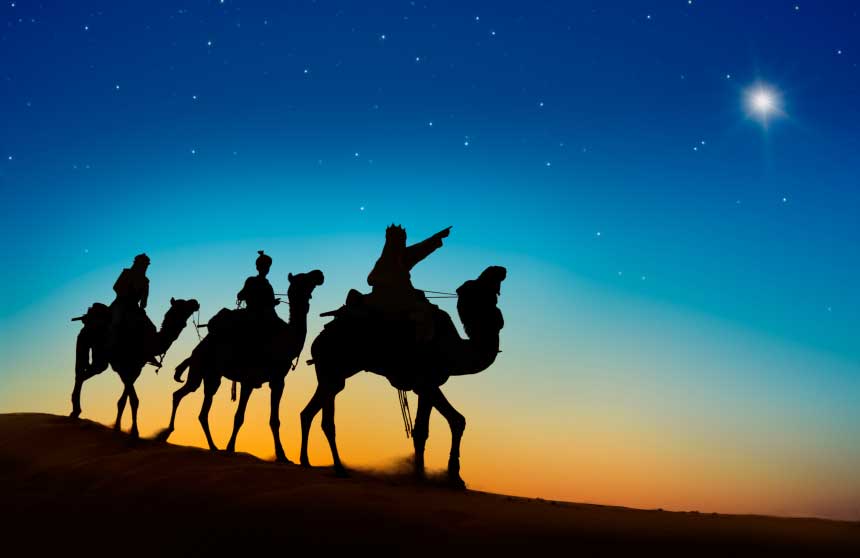 FOREWORD: I am reposting this from 2018. Happy Epiphany, friends!
FOREWORD: I am reposting this from 2018. Happy Epiphany, friends!
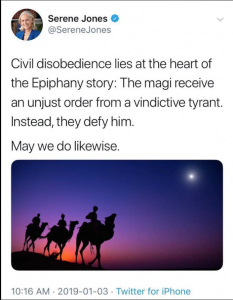



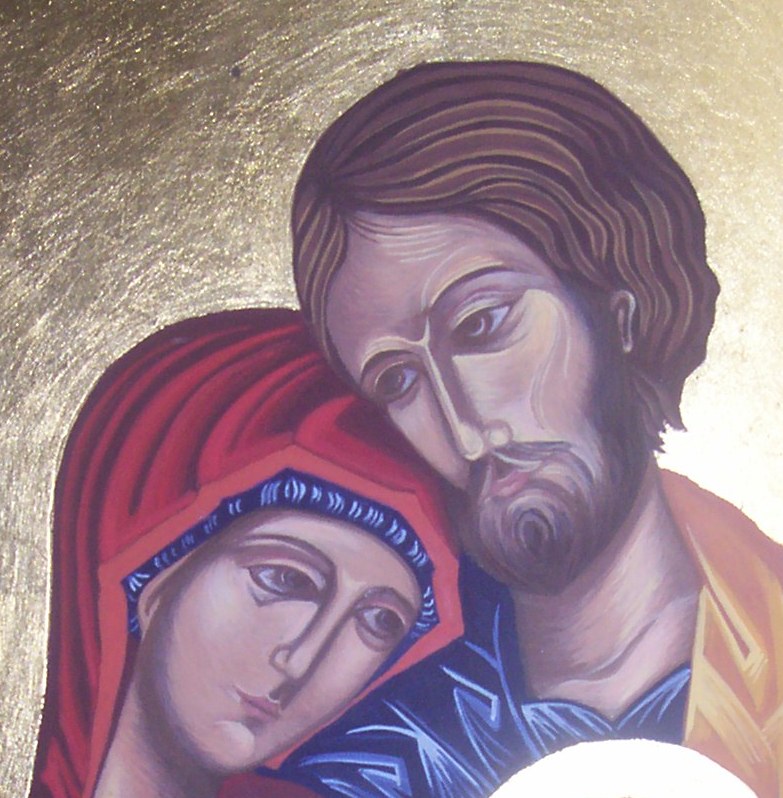
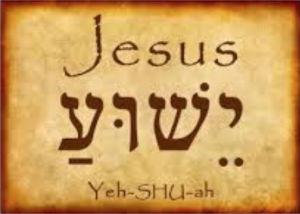

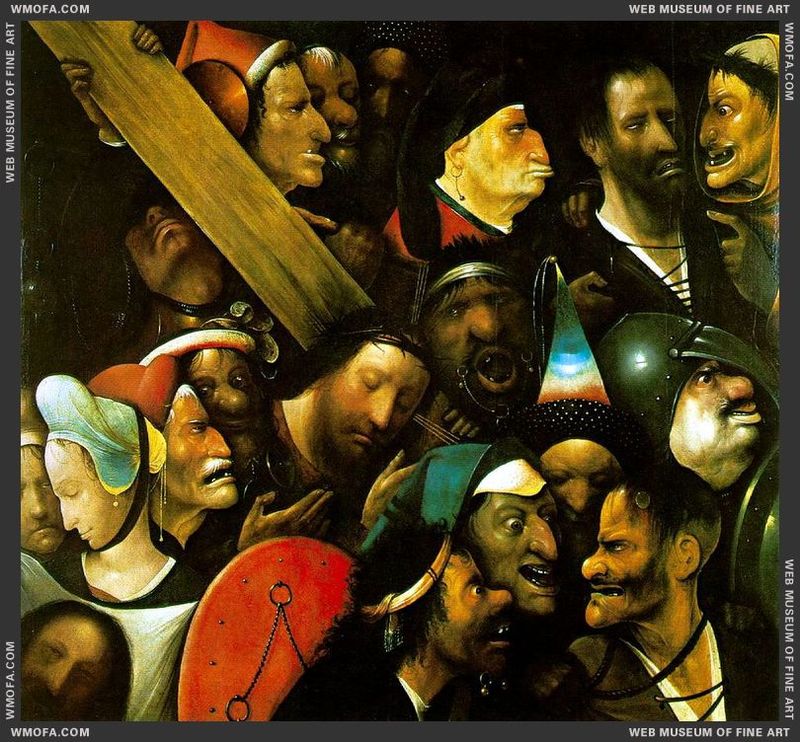


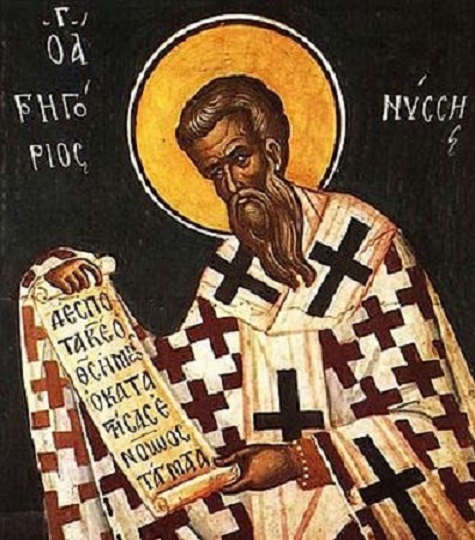

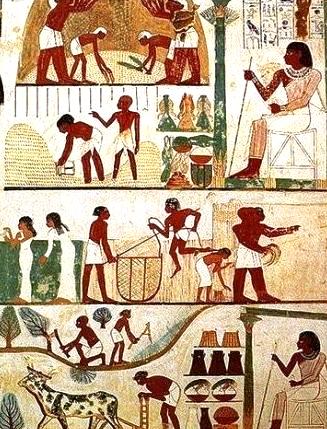
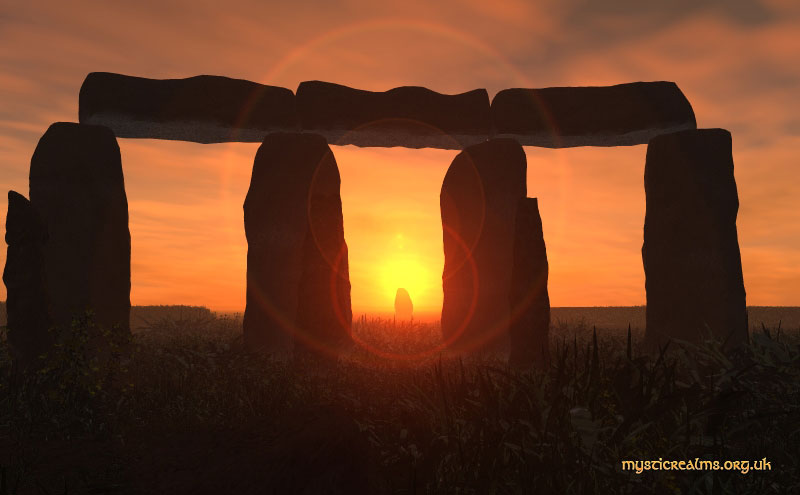
 Can we be certain that the wheel will turn and that the cycle will continue? In short: does the world make sense?
Can we be certain that the wheel will turn and that the cycle will continue? In short: does the world make sense?
/salisbury-cathedral-choristers-prepare-for-christmas-502171608-57def2aa5f9b5865165118c9.jpg)









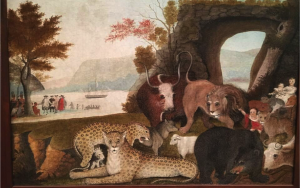
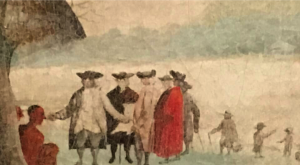

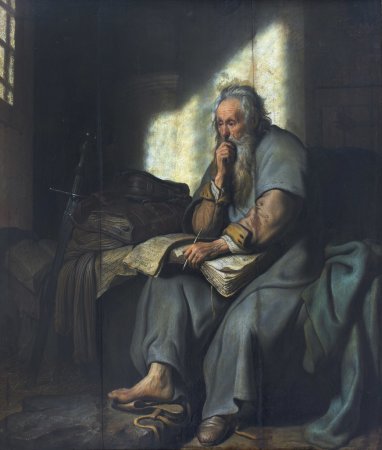





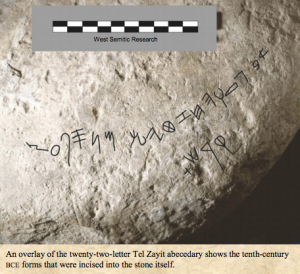


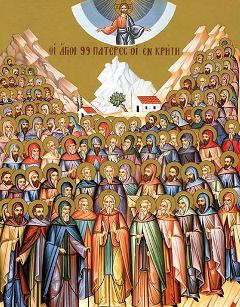


 Come join us at Pittsburgh Theological Seminary as we host a community Fall Festival and Trunk-r-Treat, Saturday October 26, 5:00-8:00 pm! The event is free and open to the public. All are welcome! There will be trunk-r-treating, food, carnival activities, pumpkin painting, fall games, smores, 50/50 raffle, and so much more! My only beef is that they called it a Fall Festival, rather than rejoicing in the ancient Christian connections of All-Hallows Eve!
Come join us at Pittsburgh Theological Seminary as we host a community Fall Festival and Trunk-r-Treat, Saturday October 26, 5:00-8:00 pm! The event is free and open to the public. All are welcome! There will be trunk-r-treating, food, carnival activities, pumpkin painting, fall games, smores, 50/50 raffle, and so much more! My only beef is that they called it a Fall Festival, rather than rejoicing in the ancient Christian connections of All-Hallows Eve!